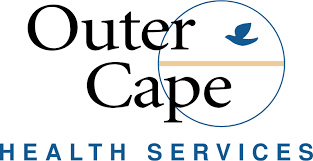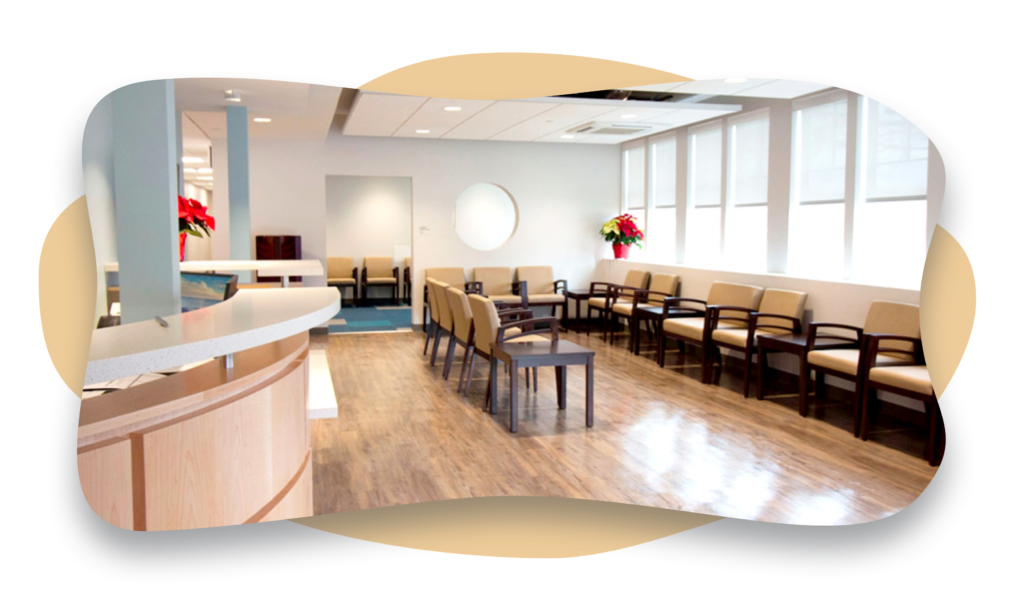
Harwich Port, Massachusetts
Outer Cape Health Services Customer Story
“HealthSnap’s RPM program greatly improved the accuracy and consistency with home blood pressure readings allowing more appropriate and timely titration of blood pressure medications to achieve hypertension control.”
Summary
Outer Cape Health Services (OCHS) is a Community Health Center (CHC) on a mission to provide a full range of healthcare and supportive social services that promote the health and well-being of all who live in or visit the ten outermost towns of Cape Cod. Founded in 1987, Outer Cape Health has a long history of successful growth and expansion in pursuit of this mission and that no one is denied access to services due to an inability to pay. OCHS has about 30 clinicians who serve nearly 18,000 patients annually.
Challenge
Initially, Outer Cape Health Services was prompted to implement a Remote Patient Monitoring (RPM) program with the onset of the COVID-19 pandemic. During this time, like many other providers, Dr. Libby and the team at Outer Cape found themselves unable to connect with their patient population face-to-face as easily.
RPM was identified as a way in which they could continue to monitor their high blood pressure patient population and ensure their chronic health conditions were being managed without physically seeing them in person in the clinic.
At Outer Cape, the team quickly saw the potential for RPM not only as a temporary solution during the state of emergency but as a long-term advantage for patients who are more remote and have transportation difficulties living far from Outer Cape clinic sites. Moreover, this showed new potential for more accurate self-measured blood pressure readings. The team noticed they could capture reliable data on a regular basis from patients tracking their blood pressure on their own from home aided in their clinical decision making.
Prior to implementing HealthSnap’s RPM program, Outer Cape relied on the patients taking their blood pressure from home, without any objective method for capturing that data. They would provide details and education on how patients could self-monitor, but even with earnest effort, the information was not always implemented or retained on an ongoing basis. Additionally, prior to implementing HealthSnap’s RPM program, the team at Outer Cape had noticed some issues that came up with reliability of either the blood pressure cuff or of the report, or both.
While they had a few patients that were excellent at measuring their blood pressure and would bring in their own excel spreadsheet or a handwritten note, most patients would use their own manual blood pressure cuff without feeding the data back to the clinic. In the latter instance, the clinic then would only be able to obtain a ballpark range from memory that may not paint the full picture. For the clinicians at Outer Cape, they knew they could better understand the full story of a patients’ health by receiving transmitted data from the device directly via the RPM program.
Program Highlights
For Dr. Libby, there were a few significant highlights. First, he commented on HealthSnap’s customer service and his positive experience working with the HealthSnap team: “Everyone has been responsive, proactive, and very receptive to our feedback.”
Additionally, he noted that using cellular technology to upload patient data as opposed to having to pair with an intermediary device like a smartphone, really set the program apart: “This has been very helpful to our patients who have been less technology literate or less comfortable with technology. For our patients who have little access to broadband, these cellular devices can figure it out without them having to worry about it. That has been a big plus for us.” The ease of cellular connectivity helped HealthSnap’s RPM program stand out to Dr. Libby and the team at Outer Cape and he noted it was a big factor in why they chose HealthSnap. He also shared that this was a prime reason they have suggested HealthSnap’s RPM program to other health centers looking for RPM vendors.
“With the way we have been using RPM at Outer Cape, we have seen an impact on health equity in terms of transportation and technology literacy where we have been able to reach patients with challenges in that regard. I think there’s even more potential to reach some of our patients who have challenges around work schedules and who have been very hard to engage with as it is. I think there’s a large group of people who will benefit from it when we continue to scale it up and bring it to other populations.”
Finally, Dr. Libby also explained that the HealthSnap portal has been especially helpful in terms of its displays of how it displays data for each patient and the various unique views available within the portal.

Results
Dr. Libby described having quite a few patients who have had high blood pressure for whom RPM has helped to reliably bring them into a goal range, which seems faster than it would have come down within a traditional model utilizing in-person nursing visits or an in-clinic follow-up with him. HealthSnap’s RPM program has also helped the Outer Cape team to intervene more quickly for patients who had drifted out of range, rather than waiting up to six months before Dr. Libby and team would see them in the office again: “Even with our early findings, I feel that HealthSnap’s program has helped our team manage patient care in a way that wouldn’t have been possible or easy before.”
Dr. Libby noticed that many patients feel the program works intuitively. He also was glad to share that he hasn’t heard any complaints. He shared that for the most part, patients feel satisfied and content because the program makes it simple for them to take their blood pressure at home. They know that the Outer Cape team will be discussing their readings with them in the near future and they don’t have to worry about additional steps.
With respect to breaking down technology barriers, HealthSnap makes it very easy for the Outer Cape team to connect with patients who are more out of reach to many. Because most people do not want to learn how to use a new app or do not have room for one more thing in their day, HealthSnap’s RPM program makes it very easy for them.
The team at Outer Cape can connect people to RPM technology and everyone can benefit from it because it is not a burden for the patients. The cellular technology avoids the need for a smartphone or WiFi and Outer Cape has quite a few patients that do not have a phone or device at home, and an even larger number of patients who do have a phone but the process of using Bluetooth and pairing it with a device would likely cause them to give up.
“RPM powered by cellular connectivity, like HealthSnap’s program, removes many of the obstacles patients would otherwise face with new technology adoption.”
Blood Pressure Patient Outcomes
Percentage of Patients with Uncontrolled Hypertension
- 87 patients, 85.3%, were categorized as having uncontrolled hypertension. 15 patients (14.7%) were categorized as having controlled hypertension
- Using the same threshold criteria, national estimates from the American College of Cardiology and American Heart Association using NHANES survey data (2015 – 2018) suggest 73.9% of medicated hypertensive adults in the United States have uncontrolled hypertension
- According to the average of the 7 most recent readings, as of December 29, 2022, the percentage of uncontrolled hypertensive patients has dropped to 69.6%
Change in Systolic Blood Pressure
- Patients with uncontrolled hypertension had an average baseline systolic blood pressure of 150.33 mmHg
- In the time since enrollment, 83.9% of these patients improved systolic blood pressure, with an average change of -12.86 mmHg (150.33 mmHg to 137.47 mmHg)
Change in Diastolic Blood Pressure
- Patients with uncontrolled hypertension had an average baseline diastolic blood pressure of 87.63 mmHg.
- In the time since enrollment, 83.9% of these patients improved diastolic blood pressure, with an average change of -7.61 mmHg (87.63 mmHg to 80.02 mmHg)






